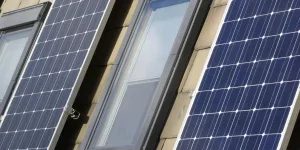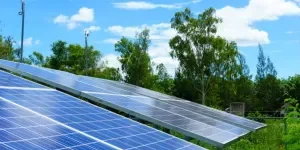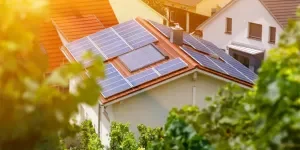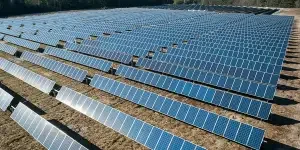The latest report from the International Energy Agency Photovoltaic Power Systems Programme (IEA-PVPS) says that building-integrated photovoltaics (BIPV) could be key to help decarbonize cities in the Netherlands, but it warns that the needs of the solar and construction sector must be bridged.
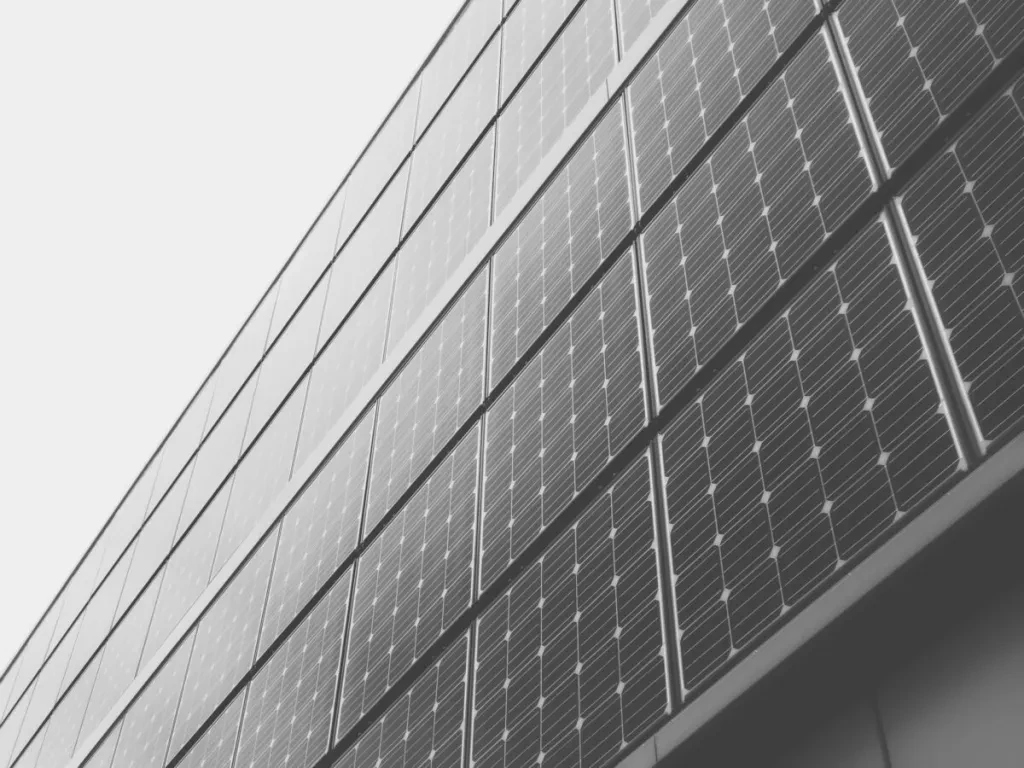
Image: Unsplash
The IEA-PVPS has published a report on the potential of deploying building-integrated photovoltaics (BIPV) in the Netherlands.
The report, which forms part of the program’s 15th task, says the Netherlands’ dense population drives a need for multifunctional solar applications, but adds that BIPV in the country is currently still a niche market, largely tied to the higher end and business-to.business (B2B) market segment, despite efforts to scale it up. It says large-scale uptake will be dependent on the next phase of investment, standarization, education and market demand.
“If these aspects are addressed, BIPV could become a viable option for the building sector to achieving zero-energy buildings and decarbonized cities in the Netherlands,” the report says.
The report uses a technology innovation system guide, provided as part of the IEA-PVPS Task 15, to assess the problems inhibiting the growth of BIPV. It says there are “several negative feedback loops that have to be addressed before a take-off can take place” in the Netherlands.
“The BIPV innovation system is basically a balancing act between two innovation systems with actors trying to bridge the gap between the solar and construction sector. It needs to expand beyond the science and technology driven parties and address broad societal issues with innovative business cases,” the report says. “Bridging this gap is a precondition for escaping the niche market and for BIPV to take off.”
The report offers a series of recommendations to support the deployment of BIPV. These include first identifying markets that address societal needs and energy ownership and then undertaking large demonstration projects in these markets that integrate the solar and building sector. It adds that proposed solutions should be validated, included in building codes, and regulated, ideally at a European level.
IEA-PVPS’ Task 15 is aiming to establish a framework that facilitates the widespread adoption of BIPV. A cross-section evaluation tool for the technology was released earlier this year.
Earlier this year, the Amsterdam municipal authorities said they plan to make it easier to install solar panels on buildings in the city, including permitting installations on monuments and heritage buildings.
This content is protected by copyright and may not be reused. If you want to cooperate with us and would like to reuse some of our content, please contact: editors@pv-magazine.com.
Source from pv magazine
Disclaimer: The information set forth above is provided by pv-magazine.com independently of Alibaba.com. Alibaba.com makes no representation and warranties as to the quality and reliability of the seller and products. Alibaba.com expressly disclaims any liability for breaches pertaining to the copyright of content.
